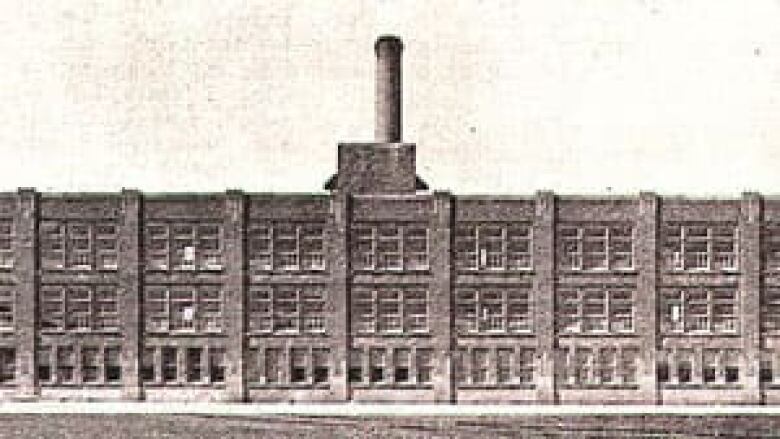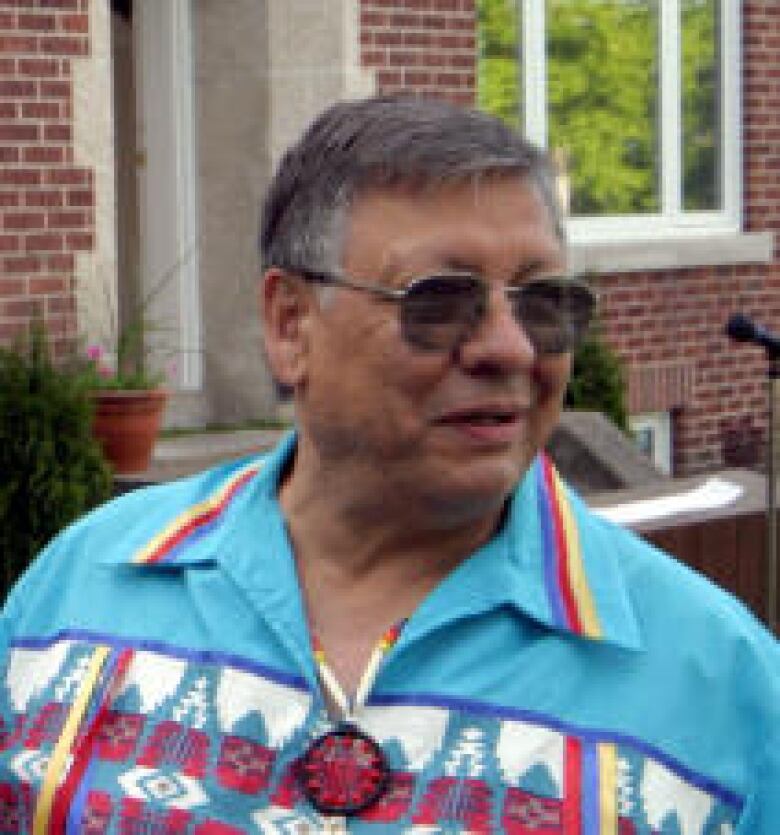'Indian hospital' survivors want in on residential school agreement
Archival documents show Fort William sanatorium, residential schools closely linked, survivors say


- Sanatorium residents urged to file for gov't compensation
- Sanatorium residents should be recognized, advocate says
- Former sanatorium patient searches for answers, validation
The sanatorium was located in what is now Thunder Bay and began admitting First Nations children as early as 1940. The "Indian Hospital School"closed in 1974.
Residential school survivors want it declareda school under the residential school settlement agreement so they can apply for compensation for years spent at the hospital, and make claims for damages for abuse suffered there.But the government argues thesanatorium functioned as a day school and is therefore not subject to the agreement.
'They were confined'

"How they define other dayschools is that the children left home, went to day school and returned home at night. This doesn't happen in either the residential school or the hospitals. They were confined," he said.
Survivors have submitted a newrequest for direction to the courts, asking for the inclusion of the Fort William sanatoriumto be reconsidered.The request includes newly-released archival documents that point to close links between residential schools and the sanatoriums.
Schools became 'de facto sanatoriums'
At times the two institutions were nearly indistinguishable, according to researcher Edward Sadowski, who submitted the request for direction.
"Because of the shortages of beds at sanatoriums and hospital schools, residential schools received a subsidy of 15 cents per day per student for each student who had TB," Sadowskiwrites. "Some residential schools had TB case rates as high as 80 per cent, becoming de facto sanatoriums."
Historian Maureen Luxresearches Indian hospitalsand agrees the ties between the institutions were very close, withIndian Affairs payingfor the teachers and the books, while the Department of National Health and Welfare paid for sanatoriums.
"For patients, very often they would come from the residential schools and spend time in the hospital and then be returned to the schools so there was a kind of seamlessness betweeninstitutions," Lux said.
Arguments over burial costs
The archival documents sent to the court also outline ongoing discussions between schooland hospital officialsabout who wasresponsible for paying for the burial of students who died at the sanatoriums.
Lux said death was common in Indian hospitals that operated at half the cost of health care facilities for the general population.
"My study of the hospitals generally point to systemic overcrowding, underfunding, the lack of enough medical staff and in particular poorly trained medical staff that resulted in prolonged illness and even death at the hands of overworked and underpaid staff," she said.
Cachagee said it is difficult to accept that Canada wants reconciliation with First Nations people when survivors must continue going to the courts to see their suffering acknowledged.
"How do you reconcile with an organization or a country that subjected you to an institutionthat tried to kill you?" he asked.
Request for Direction: Fort William Indian Hospital (Sanatorium) School (PDF 56700KB)
Request for Direction: Fort William Indian Hospital (Sanatorium) School (Text 56700KB)CBC is not responsible for 3rd party content












_(720p).jpg)


 OFFICIAL HD MUSIC VIDEO.jpg)
.jpg)



























































































